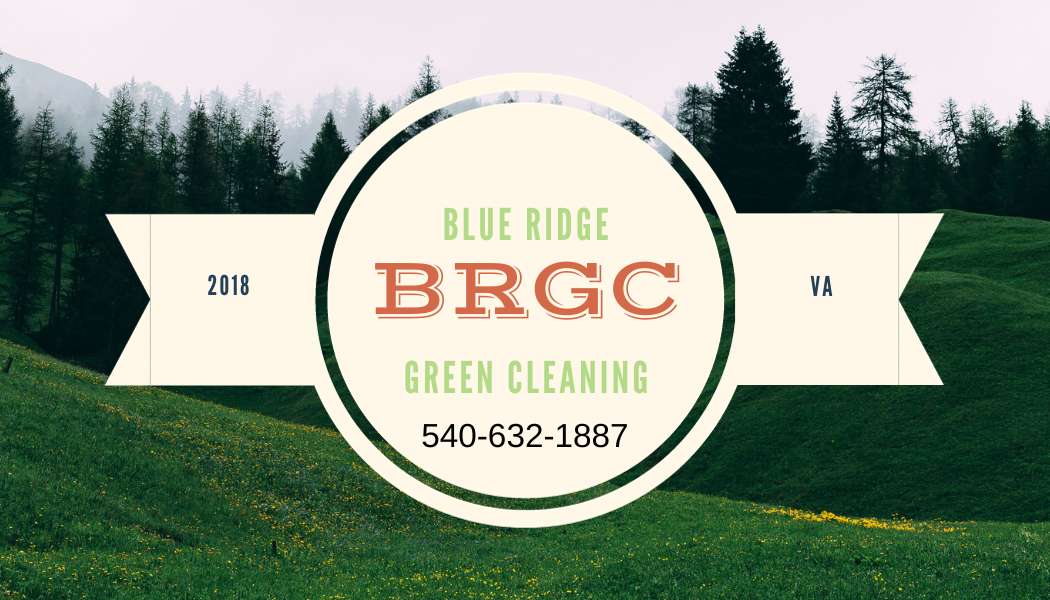November 28, 2023
Brought to you by
American Lung Association
Cleaning Supplies and Household Chemicals
Cleaning is essential to protecting our health in our homes, schools, and workplaces. However, household and cleaning products—including soaps, polishes, and grooming supplies—often include harmful chemicals. Even products advertised as “green” or “natural” may contain ingredients that can cause health problems. Some cleaning supplies can even be flammable or corrosive. Fortunately, you can limit your exposure to those risks. Read all labels and follow instructions when using cleaning products. It could save your life.
How can cleaning supplies, household products affect health?
Many cleaning supplies or household products can irritate the eyes or throat, or cause headaches and other health problems, including cancer. Some products release dangerous chemicals, including volatile organic compounds (VOCs). Other harmful ingredients include ammonia and bleach. Even natural fragrances such as citrus can react to produce dangerous pollutants indoors.
VOCs and other chemicals released when using cleaning supplies contribute to chronic respiratory problems, allergic reactions, and headaches. Studies are underway to assess how these chemicals affect people who have asthma and other respiratory illnesses.1 However, past studies link exposure to chemicals from cleaning supplies to occupational asthma and other respiratory illnesses.2,3
Cleaning supplies and household products containing VOCs and other toxic substances can include, but are not limited to:
- Aerosol spray products, including health, beauty and cleaning products;
- Air fresheners;
- Chlorine bleach*;
- Detergent and dishwashing liquid;
- Dry cleaning chemicals;
- Rug and upholstery cleaners;
- Furniture and floor polish; and
- Oven cleaners.1,2
*Never mix bleach or any bleach-containing product with any cleaner containing ammonia. The gases created from this combination can lead to chronic breathing problems and even death.2 Recent research has found that even natural fragrances in cleaning products, particularly in air fresheners, may react with high levels of ozone from indoor sources (for example, from some air-cleaning devices)or from outdoor air to form formaldehyde, a known human carcinogen, and dangerous fine particles indoors.5,6 Ozone is a harmful, but invisible, a gas that worsens asthma and other lung diseases. Particles are also common air pollutants that can worsen asthma and other lung diseases and risk heart attacks and stroke. Both ozone and particles can be life-threatening.
How can you prevent harm from cleaning and household products?
Read all labels on cleaning supplies and household products before you buy them. Choose products that do not contain or have reduced amounts of VOCs, fragrances, irritants and flammable ingredients. Avoid using air fresheners altogether.
Manufacturers are not obligated by U.S. law to list all ingredients in consumer products.4 Products that are labeled “green” do not necessarily mean they are safer. Do a little research on the product from a reliable source. For example, the U.S. Environmental Protection Agency has a list of products that meet its Safer Choice requirements for cleaning and other needs. They include cleaning products for home and vehicles.
As a safer cleaning alternative, warm water and soap often will do the trick, especially at home. Baking soda is good for scrubbing. A mix of vinegar and water can clean glass.
When using cleaning or household products, keep the area well ventilated. Open windows and doors. Never use cleaning products in a small, enclosed space.
Here at Blue Ridge Green Cleaning we only use completely safe cleaners that we have personally researched.
If you would like more information on the products we use. Fill out the form to the right and we will get in touch!
